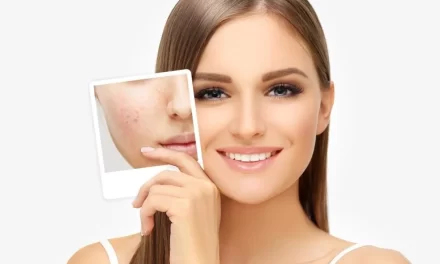As summer heats up, the importance of sunscreen becomes paramount. Protecting your skin from harmful UV rays is crucial to prevent sunburn and reduce the risk of skin cancer. However, a common concern arises: does daily sunscreen use interfere with your body’s ability to produce enough vitamin D, a vital nutrient for bone health, immune function, and overall well-being?
Vitamin D: A Crucial Nutrient
Vitamin D plays an essential role in maintaining strong bones, enabling nerve function, and supporting the immune system. While it can be obtained from dietary sources, sunlight exposure is a significant natural contributor to vitamin D levels. Specifically, ultraviolet B (UVB) rays from the sun initiate a process in the skin that produces vitamin D3, the active form of the vitamin.
However, the same UVB rays that trigger vitamin D production are also responsible for sunburns, which can lead to skin cancer. This paradox raises the question: Does wearing sunscreen, which blocks UVB rays, inhibit your body’s ability to produce vitamin D?
Sunscreen and Vitamin D Production
According to experts, the answer is reassuring. Dr. Robert Den, a radiation oncologist, explains that while sunscreen does block some UVB rays, it doesn’t entirely prevent the body from producing vitamin D. “Sunscreen has little to no impact on vitamin D levels,” Dr. Den says, citing research that shows regular sunscreen users are not more likely to be vitamin D deficient compared to those who skip sunscreen.
Dr. Kellie Reed, a dermatologist, adds that even with perfect sunscreen application—such as using an SPF 30 sunscreen, which blocks 97% of UVB rays—enough rays still penetrate the skin to stimulate vitamin D production. Moreover, most people do not apply sunscreen thoroughly or frequently enough, allowing some UVB rays to reach the skin and contribute to vitamin D synthesis.
Factors Affecting Vitamin D Synthesis
Several factors influence how much vitamin D your body produces from sunlight. These include age, skin color, the time of day you are outdoors, and environmental conditions like cloud cover and air pollution. For example, individuals with darker skin typically need longer sun exposure to produce the same amount of vitamin D as those with lighter skin. Similarly, older adults and those who cover most of their skin with clothing may absorb less vitamin D.
Research suggests that the body is most efficient at producing vitamin D around midday, when UVB rays are strongest. However, spending time outdoors during these peak hours should be balanced with sun protection to minimize the risk of skin damage.
Optimizing Vitamin D Levels Safely
The good news is that you don’t need to skip sunscreen to maintain healthy vitamin D levels. “There’s no proven link between sunscreen use and vitamin D deficiency,” emphasizes Dr. Reed. Instead, it’s vital to focus on a balanced approach that includes safe sun exposure, dietary sources of vitamin D, and supplements if necessary.
For most adults, the recommended daily intake of vitamin D is 600 international units (IU). However, given that an estimated 22% of Americans have a moderate deficiency, it’s important to be mindful of your vitamin D levels. A simple blood test can determine if you’re deficient or at risk, and if so, brief periods of unprotected sun exposure—such as 10 to 15 minutes on the face, arms, or legs a few times a week—can help.
For those who prefer to avoid any unprotected sun exposure, vitamin D can also be obtained through supplements and fortified foods like dairy milk, plant-based milk, orange juice, salmon, tuna, and mushrooms.
Conclusion
Wearing sunscreen is essential for protecting your skin from harmful UV rays and preventing skin cancer. Fortunately, it doesn’t significantly hinder your body’s ability to produce vitamin D. By taking a balanced approach that includes safe sun exposure, a vitamin D-rich diet, and supplements if necessary, you can maintain healthy vitamin D levels without compromising your skin’s health. As always, consult with your healthcare provider to determine the best strategy for your individual needs.












